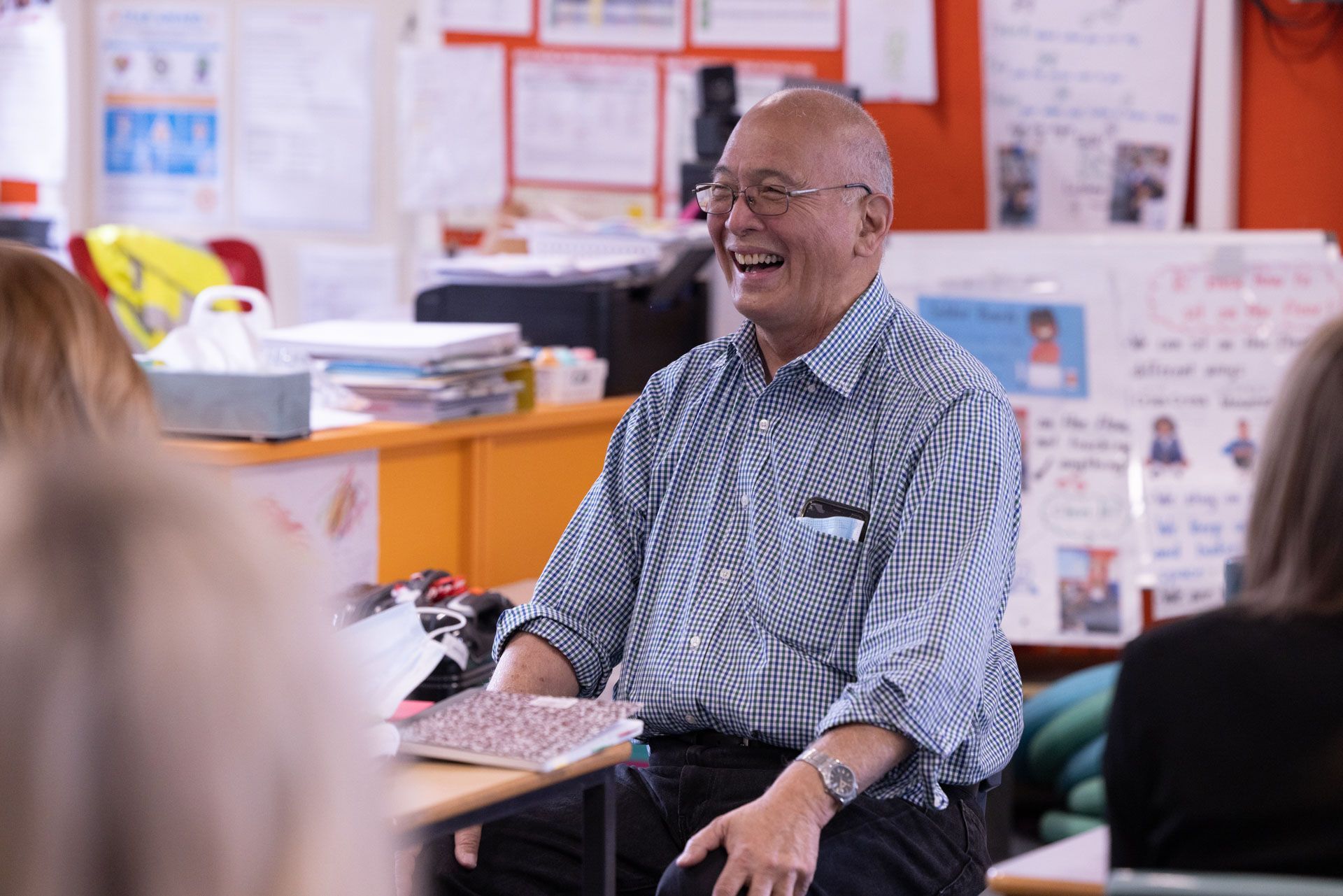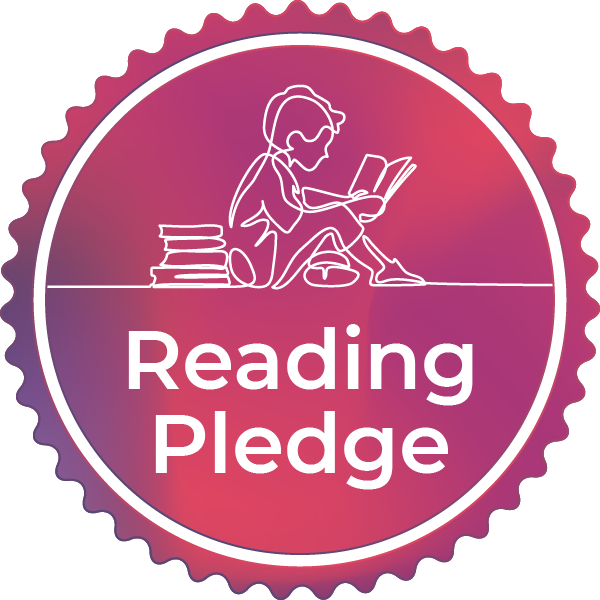About
Who is Ron Yoshimoto?
Ronald Yoshimoto has worked in the field of literacy for over 35 years. He has worked in both private and public schools as a classroom and learning support teacher, principal, social worker and educational diagnostician. Ron has also been the director of the Adult School for Dyslexics, a teacher trainer and consultant to public schools.
Ron was an elementary and middle school principal of a private school for dyslexic and gifted students for 18 years. For the last 17 years he has been a trainer in literacy, (Orton-Gillingham), multisensory maths, and Orton-Gillingham adapted for English Language Learner (ELL) students. Ron has conducted training in the U.S.A, Singapore, Hong Kong, Malaysia, Hawaii, Canada and Australia.
Ron Yoshimoto was a former president of the Hawaii Branch of the International Dyslexia Association, a member of the nominating committee of the International Dyslexia Association, as well as a former vice president of the Academy of Orton-Gillingham Practitioners and Educators (AO-GPE).
Ron is the founder of the MSL Centre in Singapore (Orton-Gillingham centre). He is founder and past-director of Orton-Gillingham International (Denver) and is currently president of the Dyslexia and Orton-Gillingham Institute (Hawaii). The primary focus of the latter two organisations is training educators in implementing Orton-Gillingham in individual, small group and whole classroom contexts.
What is the Orton-Gillingham
(O-G) Approach?
The Orton-Gillingham Approach is a direct, explicit, multisensory, structured, sequential, diagnostic, and prescriptive way to teach literacy when reading, writing, and spelling does not come easily to individuals, such as those with dyslexia. It is most properly understood and practiced as an approach, not a method, program, or system. In the hands of a well-trained and experienced instructor, it is a powerful tool of exceptional breadth, depth, and flexibility.
The curriculum and instructional practices that characterise the Orton-Gillingham Approach are derived from two sources:
- a body of time-tested knowledge and practice that has been validated over the past 80 years, and
- from scientific evidence about:
- how individuals learn to read and write
- why a significant number have difficulty in doing so
- how having dyslexia makes achieving literacy skills more difficult, and
- which instructional practices are best suited for teaching such individuals to read and write.
Because O-G is a flexible approach, new scientific evidence around how we learn to read can readily be incorporated by the experienced instructor.
This multisensory approach engages all pathways of the brain simultaneously - ‘I see it, read it, hear it, say it, write it’ (auditory, kinaesthetic, visual).
This structured, sequential and explicit teaching starts from the smallest elements of speech and print taught in isolation. These are then blended together to decode words, or segmented to spell words. This is built up to reading and writing phrases, sentences and connected text. It follows a logical sequence of the constructs of the English language. It focuses on all aspects of phonology, orthography, vocabulary, grammar and fluency for both reading and writing.
The Orton-Gillingham Approach is named after the foundational contributions of Samuel T. Orton and Anna Gillingham.
Samuel Torrey Orton (1879-1948) was a neuropsychiatrist and pathologist. He was a pioneer in relating reading to language processing. He brought together neuroscientific information and principles of remediation. As early as 1925 he had identified dyslexia as an educational problem.
Anna Gillingham (1878-1963) was a gifted educator and psychologist with a superb mastery of language. Encouraged by Dr. Orton, she compiled and published instructional materials as early as the 1930s which provided the foundation for student instruction and teacher training in what became known as the Orton-Gillingham Approach.


